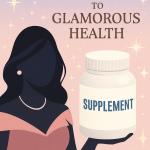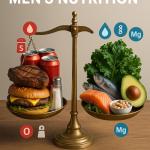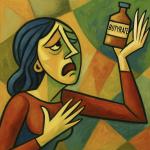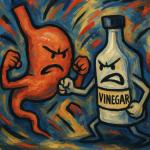For MAHA, the findings provide the kind of broad, cross-disciplinary evidence that Secretary Kennedy's advocacy efforts have yet to put forward.
Food & Nutrition
National Egg Cream Day is March 15th – a mere 111 days away. Since you can't get started too early with these things, let's get going. But first...
Are you a New Yorka?
For celebrities and athletes, supplements are often an easy money maker. Athletes capitalize on their public image of strength, endurance, vitality, and athletic prowess by marketing a small pill, powder, or gummy as the key to their success.
MAHA's leader, RFK Jr., has directly targeted the GRAS pathway. He laid out his intentions in a post on X, emphasizing the need for stricter pre-market regulation and post-market assessment.
Thoughts about food are a regular part of human cognitive processes, sparked by hunger, health, social expectations, and cultural norms.
National surveys show men’s calorie and protein goals are usually met—often exceeded—but omega-3 fatty acids, vitamin D, fiber, and key minerals routinely fall short.
Join Cameron English and Dr. Chuck Dinerstein on Episode 142 of the Science Dispatch podcast as they discuss the fiber wars:
Join Cameron English and Dr. Chuck Dinerstein on Episode 140 of the Science Dispatch podcast as they discuss a wildly unethical "thought experiment."
It should come as no surprise if you’ve been inundated with health stories about your biome.
To no one's surprise, a paper in BMJ Nutrition, Prevention and Health, making claims about the benefits of apple cider vinegar












